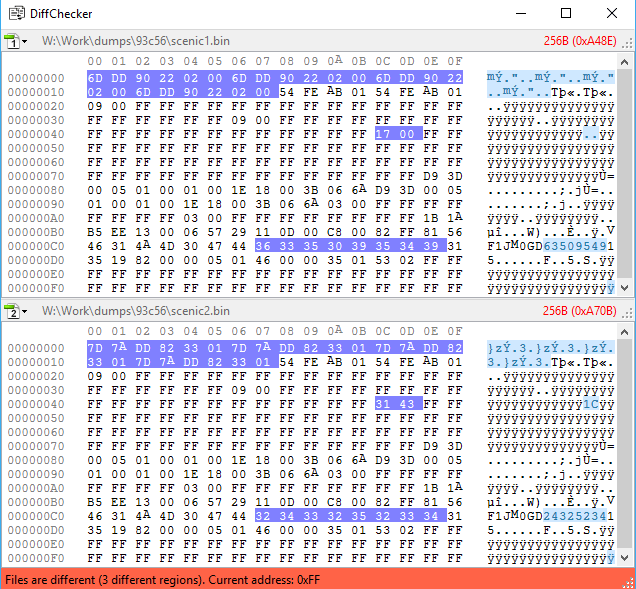

That's right, you had to shine a bright light on the IC to reprogram it, how cool is that? Well, it turns out it's pretty cool unless you're a developer working on firmware in which case you'd really like to be able to reprogram the device using electrical signals. This changed in 1971 with the invention of EPROM ( Erasable Programmable ROM) which - besides adding another letter to the acronym - brought with it the ability to erase the device and return it to a "blank" state using a strong UV light source. After a PROM device was programmed, there was no way to return the device to its unprogrammed state.Ī UV Erasable Microcontroller. PROM, however, could only be written to once using a high-voltage programming device. That meant manufacturers could produce millions of the same unprogrammed device which made it cheaper and more practical. In 1956, however, this problem was solved with the invention of PROM ( Programmable ROM) which allowed developers to program the chips themselves. Unfortunately, Mask ROM was expensive and took a long time to produce because each new program required a brand new device to be manufactured by a foundry. Mask ROM had to be programmed by the manufacturer and was thereafter not alterable. This meant, however, that you couldn't just move a couple of diodes around with a soldering iron and reprogram it. Mask ROM was a lot like Diode Matrix ROM only it was implemented on a much smaller scale.

This gave way to Mask ROM with the advent of integrated circuits. This was memory made up of discrete semiconductor diodes placed on a specially organized PCB. A Brief History of ROMĮarly "Stored-Program" type computers - such as desk calculators and keyboard interpreters - began using ROM in the form of Diode Matrix ROM.
#EEPROM BIN FILE EDITOR PC#
The BIOS in your PC is stored on a form of ROM. This makes it ideal for things like firmware which need to be "remembered" by the computer, but never actually change. The trade-off for very slow write times - traditionally - is that it's also non-volatile meaning that the data doesn't go away when power is removed from the device. This is because it's very slow - or impossible - to write new data to ROM. Read-Only Memory ( ROM) is a type of computer memory which, generally speaking, is only programmed once (or very occasionally) and then gets read from the rest of the time.

That said, if you don't nerd-out on computer history it's probably safe to skip that section. Before we get into the hookup it's probably a good idea to familiarize ourselves with EEPROM and the history of ROM in general.


 0 kommentar(er)
0 kommentar(er)
